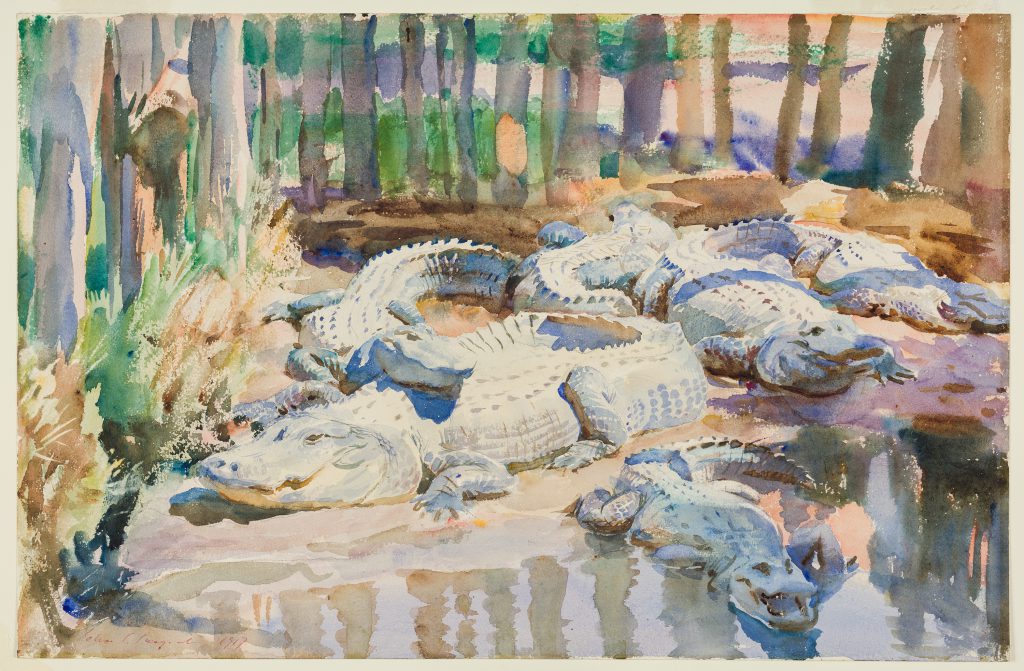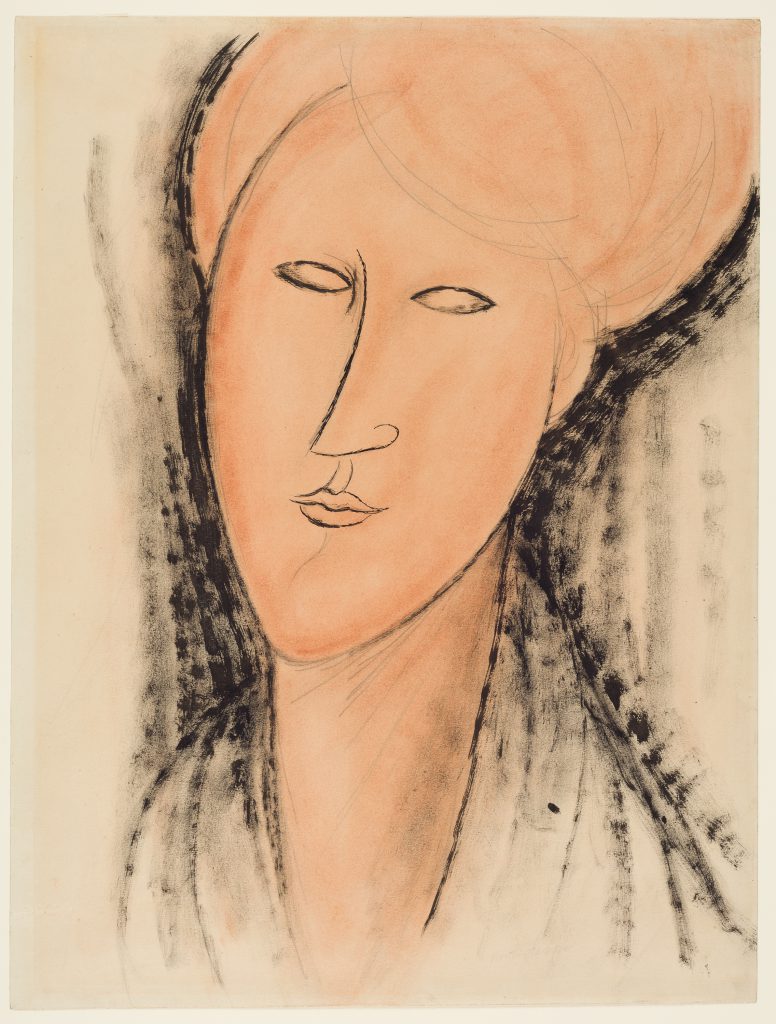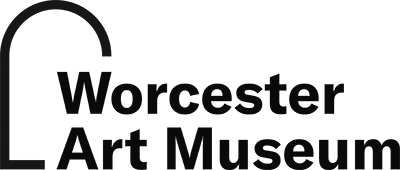A Rare Opportunity to View 40 Light-Sensitive Works, Featuring Iconic Watercolorists Alongside Outliers of the Medium


Worcester, MA—February, 1, 2023— This summer, the Worcester Art Museum (WAM) will present Watercolors Unboxed, an exploration of 75 years of watercolors—from 1880 through the 1950s—through exceptional examples of the medium. Drawn from WAM’s internationally renowned collection of watercolors, the exhibition will begin with a selection of 19th-century European watercolorists who influenced what would become a favored American art form, and will feature 40 works, including highlights by Childe Hassam, Winslow Homer, Rockwell Kent, and John Singer Sargent. The exhibition will also feature drawings by artists lesser known for their work in watercolor and gouache, including Amedeo Modigliani, Gustave Baumann, and Ernst Ludwig Kirchner. Because watercolors are especially susceptible to damage from overexposure, Watercolors Unboxed is a rare opportunity to see some of the most prized works in the Museum’s collection, many of which have not been on display at the Museum since the 1980s. Watercolors Unboxed opens June 10, 2023, and runs through September 10, 2023. This exhibition is organized by Nancy Kathryn Burns, WAM’s Stoddard Curator of Prints, Drawings and Photographs.
“The Worcester Art Museum is fortunate to be home to an outstanding collection of watercolors, with particular depth in works by late19th- and early20th-century American artists,” said Matthias Waschek, the Jean and Myles McDonough Director of the Worcester Art Museum. “Watercolors Unboxed is a chance for the Museum to celebrate these strengths and to build on them to explore a broader view of watercolor as a medium.”
Watercolors Unboxed will explore significant themes in the American watercolor tradition, demonstrating how American artists embraced watercolor as a way to elevate the landscape genre. Works by American artists will also allow visitors to consider the challenges of working with this unforgiving medium. Treatment of paper and the careful application of the watercolor typically leave little to no room for mistakes, as the colors can easily muddy, and the paper can become soggy or even tear if overworked. These challenges only make these works more worthy of celebration, such as those by the intrepid Sargent, who fearlessly applied watercolor with a nod to his Impressionist roots, resulting in masterworks like his tour-de-force, Muddy Alligators (1917). The exhibition will also include a series of graphite concept drawings of this subject matter, inviting audiences to dive deeper into the artist’s process. Other artists, like Homer, developed an extraordinary understanding of how to manipulate the medium and make adjustments, sometimes even scraping the paper to create spatial depth. Featured works like Homer’s Old Friends (1894) and Crab Fishing (1883) illustrate the artist’s renegade status within the medium.
Offering an expanded look at the American landscape tradition, the Museum will debut examples from its collection of watercolors from the San Ildefonso school as part of the exhibition. A collective of artists working in the Southwest during the first half of the 20th century, this group is often credited as the first self-identified Native American modern art movement in the United States. In addition, the exhibition will feature a significant selection of European watercolors by artists including Modigliani, Emile Nolde, and Oskar Kokoschka. Works like Kokoschka’s Savoyard Boy (c. 1912) express a uniquely European subject matter and sociopolitical landscape, providing an interesting contrast to the featured American landscape works.
In conjunction with the exhibition, a selection of contemporary watercolors by past and current WAM Studio Class students and faculty will be on display in a community gallery space outside the exhibition entrance. These local artists have formed deep relationships with WAM’s collection while building skills like underpainting, drybrush, and color blending. Rolling seasonal registration for the Museum’s Studio Classes for youth and adults is available on WAM’s website.
Special programming for all ages—including docent-led tours of the exhibition and in-gallery Art Cart demonstrations and interactives—will be available throughout the run of the show. On June 18 at 2pm, the Museum will host an in-person talk with art historian and WAM’s former Curator of American Art, Elizabeth Athens, who will explore how Homer challenged the rules of watercolor. Tickets for this event will be available starting June 1 at worcesterart.org/events/talks. This program is part of the Spotlight Series, the Museum’s ongoing series of expert-led talks inspired by artworks at WAM. For the Museum’s full program calendar, visit worcesterart.org.
This exhibition is generously supported by the Fletcher Foundation.
About the Worcester Art Museum
The Worcester Art Museum creates transformative programs and exhibitions, drawing on its exceptional collection of art. Dating from 3000 BCE to the present, these works provide the foundation for a focus on audience engagement, connecting visitors of all ages and abilities with inspiring art and demonstrating its enduring relevance to daily life. Creative initiatives— including pioneering collaborative programs with local schools, fresh approaches to exhibition design and in-gallery teaching, and a long history of studio class instruction—offer opportunities for diverse audiences to experience art and learn both from and with artists.
The Worcester Art Museum, located at 55 Salisbury Street in Worcester, MA, is open Wednesday through Sunday from 10am to 4pm. For more information, visit worcesterart.org.
For more information, please contact:
Madeline Feller
Worcester Art Museum
MadelineFeller@worcesterart.org
508-793-4373
Sascha Freudenheim
PAVE Communications & Consulting
sascha@paveconsult.com
917-544-6057

